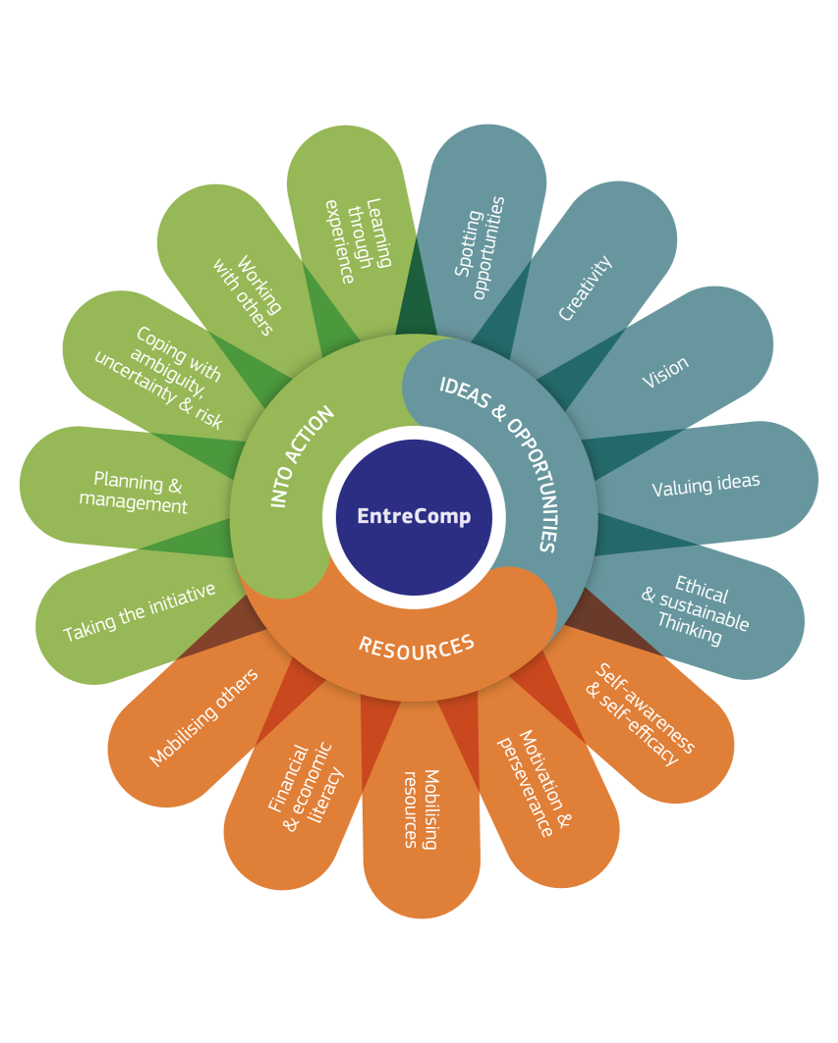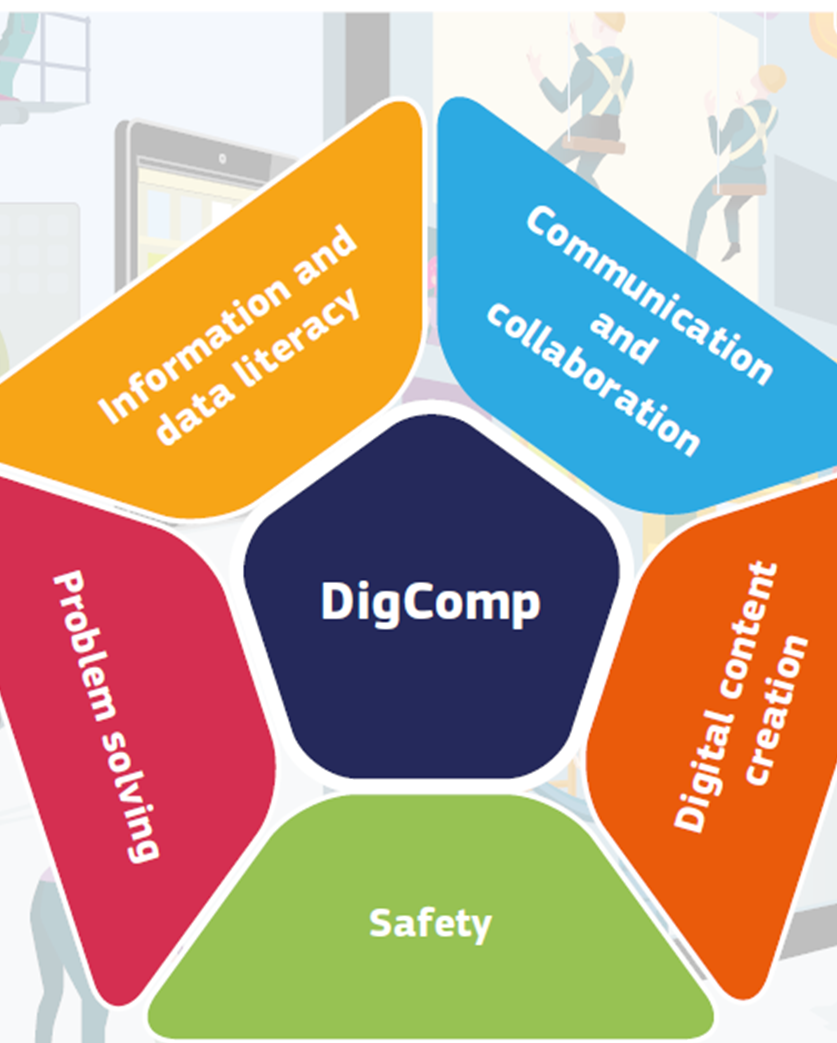- Home
- Study guide
- Module 1
- Topic 1: What is Student Digital Civic Engagement?
- Topic 2: How is Digital Civic Engagement Impacting Universities (and Beyond)?
- Topic 3: What Competences do Student Civic Engagers Develop?
- Topic 4: What does Student Digital Civic Engagement Look Like in Practice?
- Evaluation test for module 1
- Resources and further studies (Module 1)
- Module 2
- Topic 1: Problems that need solving – spotlight on global issues
- Topic 2: Improving your community through civic engagement
- Topic 3: Taking a service-learning approach to an DCE project
- Topic 4: DCE is building your competency levels. Here are the opportunities
- Evaluation test for module 2
- Resources and further studies (Module 2)
- Module 3
- Topic 1: What Do Great Digital Civic Engagement Projects Include?
- Topic 2: Getting Involved In Your First Digital Civic Engagement Project/ Initiative
- Topic 3: Using Technology To Enhance Your Civic Engagement Work
- Topic 4: Designing/ Delivering Digital Civic Engagement Solutions
- Evaluation test for module 3
- Resources and further studies (Module 3)
- Module 4
- Module 5
- Topic 1: Estimating Project Costs And Financial Needs
- Topic 2: Spotlight On Lean Start Up and Sustainable Business Model Canvas
- Topic 3: Crowdfunding Your Civic Engagement Projects /Causes
- Topic 4: Leveraging the power of corporate social responsibility
- Evaluation test for module 5
- Resources and further studies (Module 5)
- Module 6
- Topic 1: Why Building Credibility, Trust and Relationships are Key
- Topic 2: Cultivating and Growing a Student Civic Engagement Community
- Topic 3: Spotlight on Mission Marketing
- Topic 4: Technology Tools to Help You Share and Spread Your Civic Engagement Work
- Evaluation test for module 6
- Resources and further studies (Module 6)

Topic 3: What Competences do Student Civic Engagers Develop?
The learning objective of this topic is to learn about digital and entrepreneurial competencies that students can acquire during a digital civic engagement activity.
Competence frameworks for digital civic engagement
There are two frameworks for identifying certain competencies that students can develop throughout participation in civic engagement projects.
EntreComp is the European Entrepreneurial Competence Framework and defines entrepreneurship as a transversal competence, which applies to all spheres of life (from personal development to participation in society, to entering the job market, and to starting up ventures).
DigComp is the European Digital Competence Framework for Citizens and is a tool to improve digital competencies of specific target groups in education and training initiatives.
Both competence frameworks are approved and used by the European Commission.
EntreComp

The EntreComp is made up by 3 competence areas and 15 competences as illustrated in the figure below:
- In the competence area IDEAS & OPPORTUNITIES, digital civic engagement activities contribute in particular to the competence ETHICAL AND SUSTAINABLE THINKING: Students understand that any idea of addressing a social problem through digital means should be underpinned by ethical principles and values related to gender, equality, fairness, social justice and environmental sustainability.
- In the competence area RESOURCES, digital civic engagement activities contribute in particular to the competence SELF-AWARENESS & SELF-EFFICACY: Students who engage in civic activities through digital means learn how they can help bring about social change.
- In the competence area INTO ACTION, digital civic engagement activities contribute in particular to the competence WORKING WITH OTHERS: Digital civic engagement requires students to be in cooperation with others. This could include higher education teachers, peers, and organisations working together on activities on a community issue. Students learn how to build and maintain good working relationships and how to use digital tools that facilitate efficient work flow among team members.
DigComp
Students enhance their digital competencies by applying digital civic engagement activities. The DigComp is made up by 5 competence areas and 21 competences. The 5 competence areas are illustrated in the figure below:
- In the competence area Information and Data literacy, digital civic engagement activities contribute in particular to the competence Browsing, searching and filtering data, information and digital content: Civic engagement activities require students to undertake research in the field which they are responding to. Thus, students develop their ability to effectively browse and search for data that is most appropriate for their needs.
- In the competence area Communication and collaboration, digital civic engagement activities contribute in particular to the competence Engaging in citizenship through digital technologies: Students build upon their civic competence, by being able to utilise digital technology that facilitates their ability to participate in society and voice opinions on important public matters.
- In the competence area Digital content creation, digital civic engagement activities contribute in particular to the competence Developing content: Students are able to select and use appropriate digital tools that enable them to creatively develop civic content that expresses their ideas, opinions or helps to facilitate the delivery of a civic activity.
- In the competence area Safety, digital civic engagement activities contribute in particular to the competence Protecting the environment: Students discuss and share an awareness of the impact of using digital technology with others and educate themselves on methods to sustainability use of technology that minimise the effects on the environment.
- In the competence area Problem solving, digital civic engagement activities contribute in particular to the competence Identifying needs and technological responses: Students are able to firstly assess the needs of a community and then select digital tools that help facilitate solving issues or problems within the community.
Quick Test



